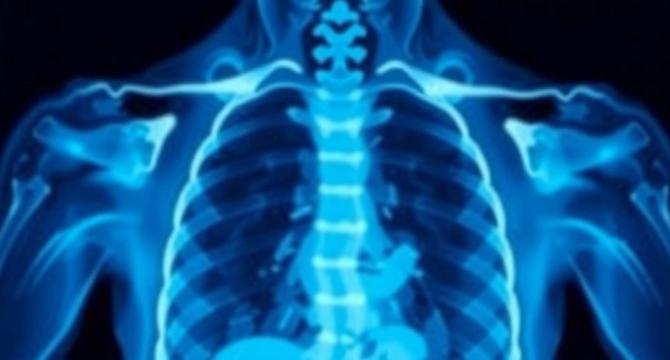Bioengineer
7d
124

Image Credit: Bioengineer
Groundbreaking Approach Enhances Accuracy of Radiologists’ Diagnostic Reports
- Radiologists' use of qualifiers like 'may,' 'likely,' or 'possibly' in diagnostic reports plays a crucial role in clinical decision-making and patient care.
- Research from MIT highlights discrepancies between radiologists' confidence levels expressed in language and the actual likelihood of described conditions.
- A novel framework developed by MIT, in collaboration with Harvard Medical School, aims to quantify the reliability of radiologists' linguistic expressions.
- The framework proposes treating certainty phrases as probability distributions to better capture the nuances of medical language.
- Analyzing language calibration in radiology reveals patterns of overconfidence and underconfidence, impacting patient treatment strategies.
- The research extends to assess the reliability of large language models and their impact on diagnostic accuracy.
- Future applications include integrating the framework into various imaging modalities beyond X-rays for broader clinical impact.
- Enhanced communication strategies grounded in language understanding aim to improve diagnostic practices and patient care outcomes.
- The study underlines the significance of precise language in clinical settings and its influence on decision-making in healthcare.
- Overall, the research signifies a promising shift towards more accurate diagnostic reporting through refined language calibration.
Read Full Article
7 Likes
For uninterrupted reading, download the app